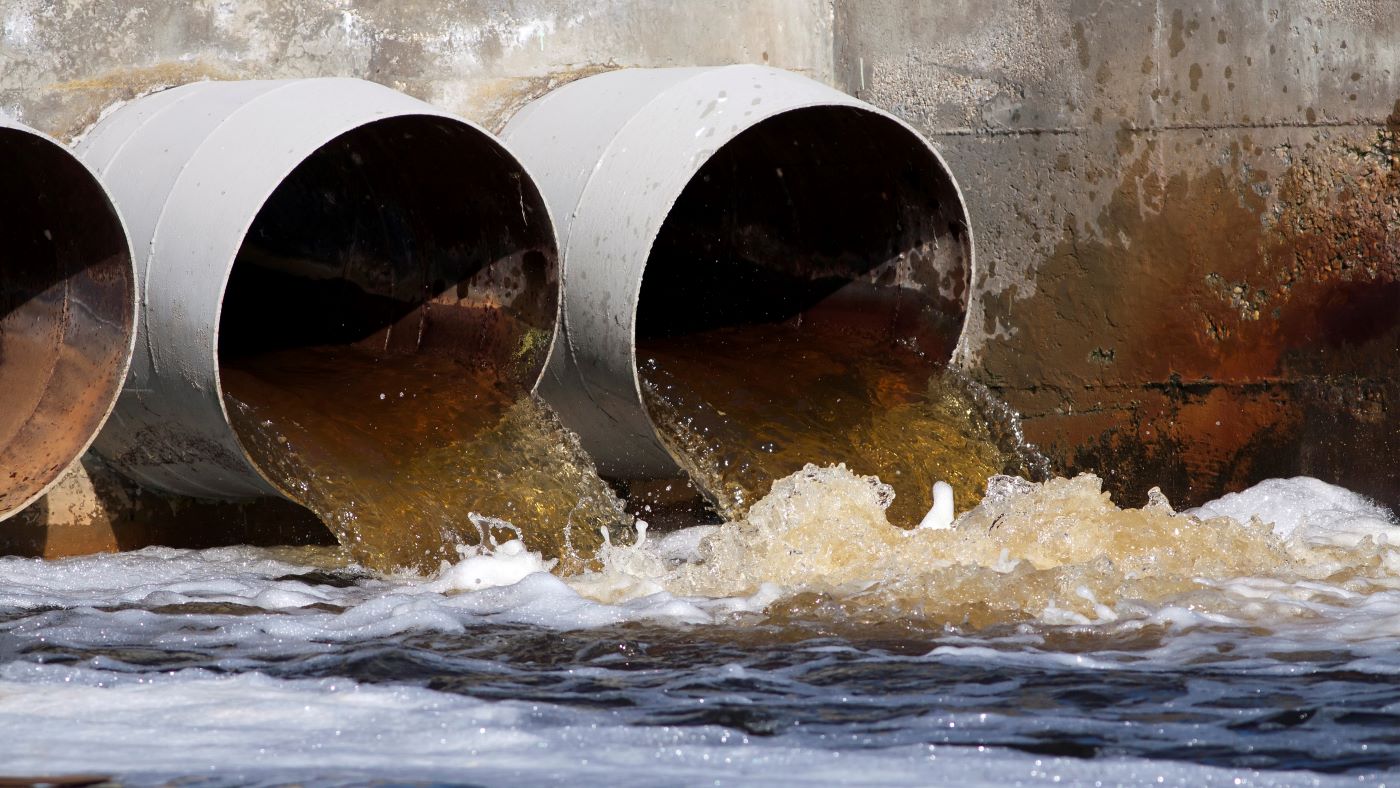Strategic Approaches to Boost Waste Water Treatment Efficiency and Decrease Ecological Influence
In the realm of waste water therapy, the quest for enhanced effectiveness and minimized ecological effect is a continuous obstacle that demands tactical solutions. The combination of advanced treatment technologies, energy-efficient processes, resource recovery approaches, boosted nutrient removal methods, and wise tracking and control systems represents a multifaceted structure for attending to these pushing problems.
Advanced Treatment Technologies
Advanced membrane layer purification systems have reinvented advanced wastewater therapy procedures, substantially improving the elimination of pollutants. This technology has shown to be very effective in getting rid of a vast array of pollutants, including pharmaceuticals, heavy metals, and natural substances, which are typically testing to eliminate with typical treatment methods.
In addition, membrane layer purification systems use countless advantages over standard treatment techniques. In addition, these systems are highly flexible and can be conveniently incorporated into existing treatment plants or made use of as standalone devices for decentralized applications.
Energy-Efficient Procedures
The combination of energy-efficient procedures in wastewater treatment systems is essential for enhancing resource utilization and minimizing operational prices. By carrying out energy-efficient innovations, therapy plants can substantially lower their carbon impact and total ecological effect. One key technique to enhancing power performance in wastewater treatment is the utilization of sophisticated oygenation systems, such as fine bubble diffusers or surface aerators, which can improve oxygen transfer performance and reduce power intake. Furthermore, including energy healing systems, like anaerobic food digestion for biogas manufacturing or using excess warm for thermal processes, can aid offset energy demands and advertise sustainability.
Additionally, enhancing procedure control and automation with making use of advanced sensors and keeping track of systems can boost total energy effectiveness by adjusting operations in real-time based upon real demand and conditions. Applying power audits and frequently monitoring energy efficiency indicators are necessary techniques to identify locations for renovation and track energy-saving efforts successfully. On the whole, the adoption of energy-efficient processes in wastewater treatment not only benefits the atmosphere yet also adds to lasting price financial savings and functional sustainability.
Source Recovery Techniques
With an emphasis on optimizing source utilization and sustainability in wastewater treatment systems, the execution of source healing methods emerges as a critical aspect in boosting operational efficiency. Source healing strategies in wastewater therapy include the identification and removal of important sources from the waste stream, consequently transforming what was once considered waste right into a beneficial asset. By applying source healing methods such as nutrient removal and healing, energy generation from natural issue, and the manufacturing of recyclable water, wastewater treatment plants can minimize ecological effect while taking full next page advantage of effectiveness.

Improved Nutrient Elimination Methods
Carrying out sophisticated nutrient removal techniques is important for optimizing the efficiency of wastewater therapy systems. Improved nutrient removal plays a vital function in lessening the environmental effect of treated effluent discharged right into water bodies. Among the vital strategies used for boosted nutrient elimination is the procedure of biological nutrient removal (BNR), which includes the removal of nitrogen and phosphorus through biological processes. This can be attained via using specialized microbes that can transform nitrogen compounds into inert nitrogen gas with denitrification, and accumulate phosphorus within their cells through a procedure called improved biological phosphorus elimination (EBPR)

In addition to BNR, advanced treatment methods such as membrane bioreactors (MBRs) and constructed marshes can additionally be employed to enhance nutrient removal effectiveness. By including these innovative nutrient elimination techniques into wastewater treatment municipalities, markets and systems can effectively minimize nutrient air view pollution and protect the environment.
Smart Monitoring and Control Systems
Using cutting-edge modern technology, the assimilation of wise surveillance and control systems changes the operational efficiency of wastewater therapy facilities. These systems include sophisticated sensors and information analytics to continually keep an eye on essential criteria such as pH levels, turbidity, dissolved oxygen, and circulation rates in real-time. By accumulating and assessing this information, operators can obtain important understandings into the performance of the therapy processes, making it possible for positive adjustments to optimize therapy effectiveness.
Smart tracking and control systems likewise support remote monitoring capabilities, enabling operators to access real-time information and control features from off-site places. This remote availability improves functional versatility and responsiveness, allowing swift interventions in case of system malfunctions or variations in influent top quality. The predictive upkeep abilities of these systems help stop equipment failings and lessen downtime, eventually improving the total reliability of wastewater treatment procedures.
Final Thought
To conclude, tactical techniques such as innovative treatment modern technologies, energy-efficient processes, resource recuperation techniques, boosted nutrient removal strategies, and smart monitoring and control systems play a vital function in boosting wastewater therapy performance and reducing environmental effect. By applying these strategies, wastewater therapy plants can boost their total efficiency, lower power usage, recuperate important resources, and guarantee compliance with environmental regulations. These methods are vital for reliable and sustainable wastewater monitoring methods.

In verdict, tactical methods such as innovative treatment innovations, energy-efficient processes, source recuperation strategies, improved nutrient elimination techniques, and clever monitoring and control systems play a crucial duty in improving wastewater therapy performance and reducing ecological impact.